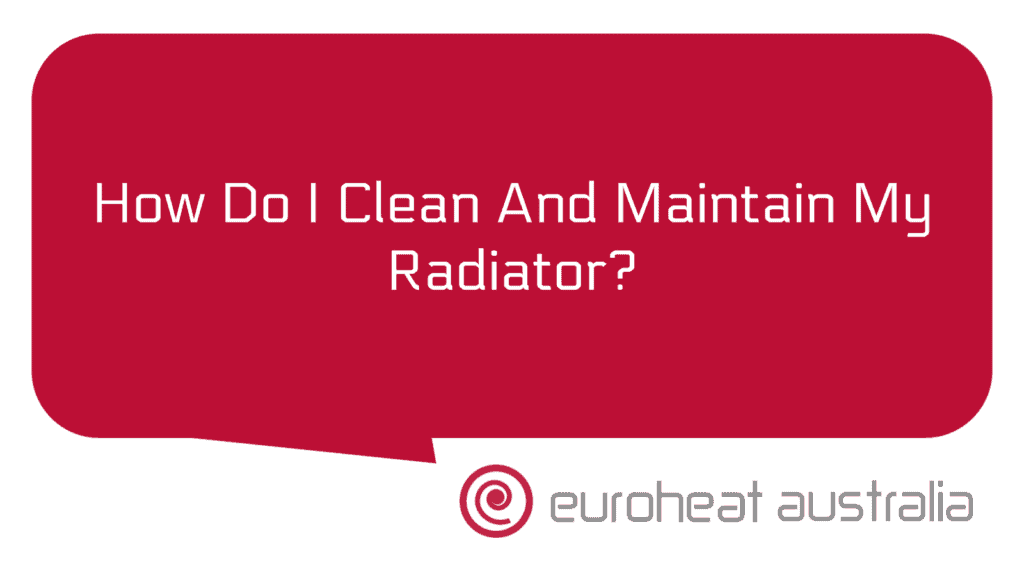When it comes to heating and cooling systems, one of the most important components is the fan. Fans help to circulate air by forcing it from one place to another, and in heat recovery systems they play an essential role.
Heat recovery systems are designed to help reduce running costs and provide a more comfortable living environment for homeowners. By using a fan to extract warm air from inside the house and then pass it through a heat exchanger, cooler air from outside can be warmed up before being released into the home. This helps to keep energy bills down and makes your home more efficient.
There are several different types of fans used in heat recovery systems and each has its own advantages and disadvantages. Some of the most common include centrifugal fans, axial fans, inline fans and mixed-flow fans.
Centrifugal fans have blades that spin around in a circle, creating pressure that moves air outwards from the centre at high speed. This type of fan is great for applications where high volumes of air need to be moved quickly, such as in large industrial buildings or commercial settings. However, they can be noisy when running at full speed and they tend to be more expensive than other types of fans.
Axial fans work by pushing air along their axis instead of spinning it around in circles like centrifugal fans do. They’re usually quieter than centrifugal fans when operating at lower speeds but still capable of moving large amounts of air when needed. Axial fans are best suited for applications where noise levels need to be kept low, such as residential homes or offices.
Inline fans are mounted directly into ducting systems rather than being placed on the outside like other types of fan. This makes them ideal for installations where space is limited or aesthetics are important as they don’t take up much room and can be hidden away inside walls or ceilings. Inline fans also tend to be less noisy than other types due to their position inside the ducting system, but they’re not as powerful as some other types so may not be suitable for larger properties or applications requiring high volumes of air movement.
Mixed-flow fans combine elements from both axial and centrifugal designs which means they can move large volumes of air without being too noisy when running at lower speeds – making them ideal for use in residential homes or small offices where noise levels need to be kept low but still enough airflow is required for efficient operation. They’re also relatively space-efficient so perfect for installations where space is limited but power isn’t an issue – such as with heat recovery systems in domestic properties where noise levels need to remain low but still enough airflow needs to pass through the system for efficient operation.
Installing a heat recovery system can have significant benefits including reduced energy bills due to less energy being wasted on heating/cooling unused areas of your home, improved comfort levels due to warm/cooler air circulating evenly throughout your property and cleaner indoor air quality thanks to filtered fresh outdoor air being brought into your home instead of recirculated stale indoor air – all resulting in increased value for money spent on energy bills! To ensure maximum efficiency it’s best practice to engage with professional engineers & installers such as Euroheat Australia who have 30 years experience designing & constructing hydronic heating & cooling systems that perfectly fit your needs – meaning you get maximum efficiency with minimum hassle!





